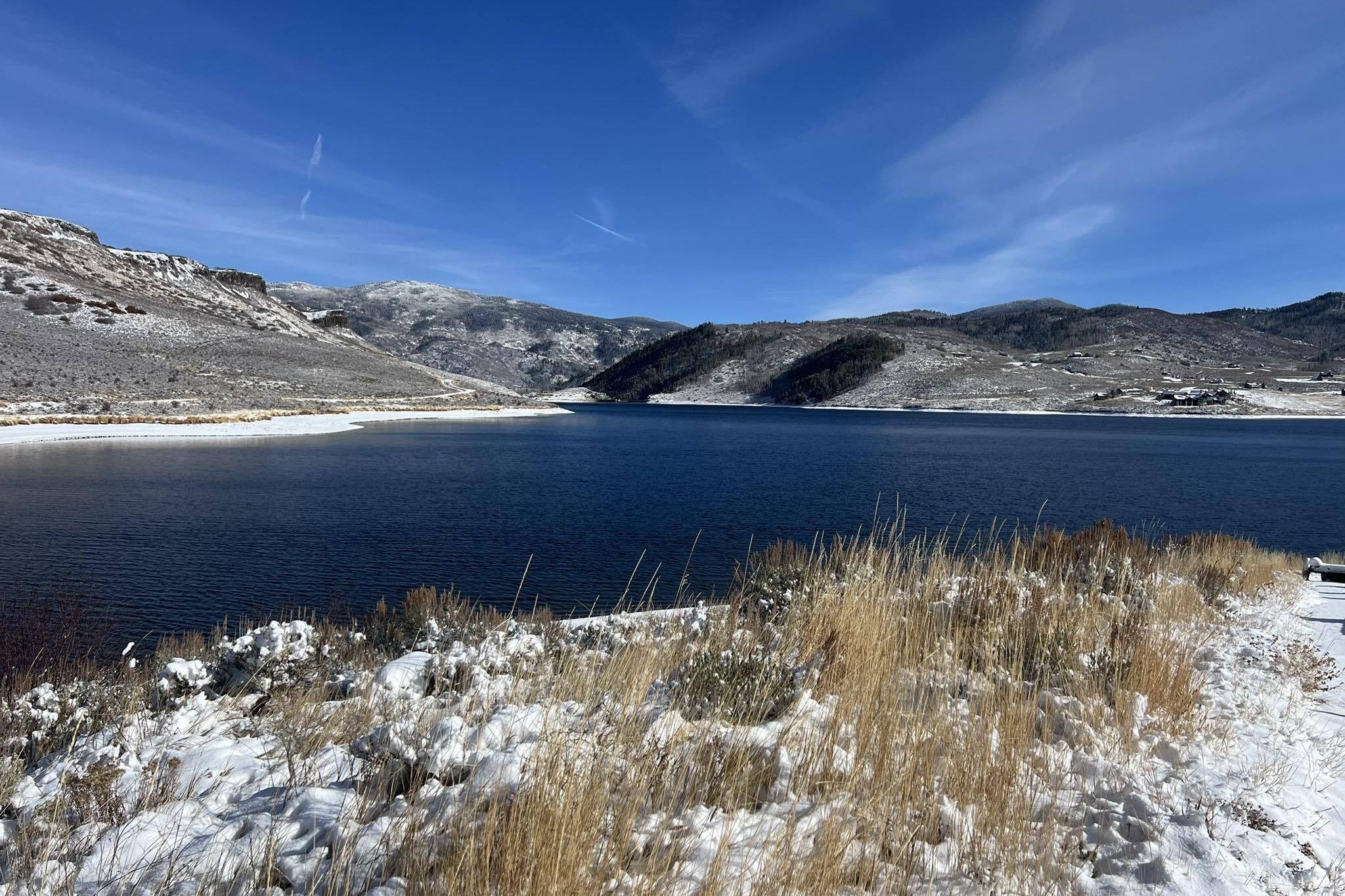
In the fossil record of the far future, the legacy of human civilization could look a lot like an asteroid impact.
Below a line of sediment, future paleontologists would find an abundance of plant and animal life. Above it, there would be a far more narrow range of fossils, pointing toward an extinction event at some point in Earth’s distant past — right around the present moment.
Most scientists agree such an event is currently playing out across the planet. According to a recent UN panel report, a million plant and animal species are on the verge of extinction, many within the next few decades. The scientists found the losses are a direct result of human activity.
On Wednesday, Congressman Joe Neguse introduced a resolution calling for a national strategy to address the crisis. The Boulder Democrat wants the incoming Joe Biden Administration to prioritize biodiversity by rejoining the Paris climate agreement and setting a goal to conserve 30 percent of United States lands and oceans by 2030.
“The decline of biodiversity crisis presents a real, direct threat to the security, health and well-being of our communities and our planet,” Neguse said. “That’s why it’s clear we need a coordinated, whole-of-government effort to tackle these issues."
The resolution also calls for a national reduction in pesticide use and putting indigenous communities at the center of conservation projects.
A coalition of wildlife and environmental groups pushed Neguse to introduce the resolution. Lindsay Larris, the wildlife program director for WildEarth Guardians, said there’s a greater need for federal coordination around biodiversity conservation after four years of rollbacks from DonaldTrump’s administration.
“As a collective conservation community, we’ve realized that we need to do more than just go back to the status quo, pre-Trump,” Larris said. “We need to move forward and have a more coordinated effort to protect species.”
The Trump Administration has faced fierce criticism from environmentalists for its efforts to scale back the Endangered Species Act. The 1969 law has protected dozens of iconic species, including the gray wolf, the bald eagle and the grizzly bear. Over the last four years, the administration has pushed to have species removed from the list and made it harder to recognize the effect of climate change on certain animals, like polar bears.
Larris said president-elect Biden will have a long to-do list upon taking office, but shouldn’t let species conservation fall by the wayside.
“The longer we wait to address it, the less chance we have of preserving species,” Larris said.
Biden has yet to name nominees for top environmental posts within his administration.
Robert Dewey, the vice president of government relations for the Defenders of Wildlife, said the efforts would also help protect people from future pandemics. Recent studies have shown habitat destruction increases the risks of novel diseases, which often incubate in animals like rats and bats. Many animals die when people cut down forests or build roads, but those species often thrive.
“There is a risk that human contact with some of these species can ultimately cause wild pandemic situations, such as the one we're in today,” Dewey said.
Neguse introduced the resolution along with Congressman Jared Huffman, a California Democrat and chairman of the Water, Oceans and Wildlife Subcommittee and Congressman Alan Lowenthal, another Democrat from California.









